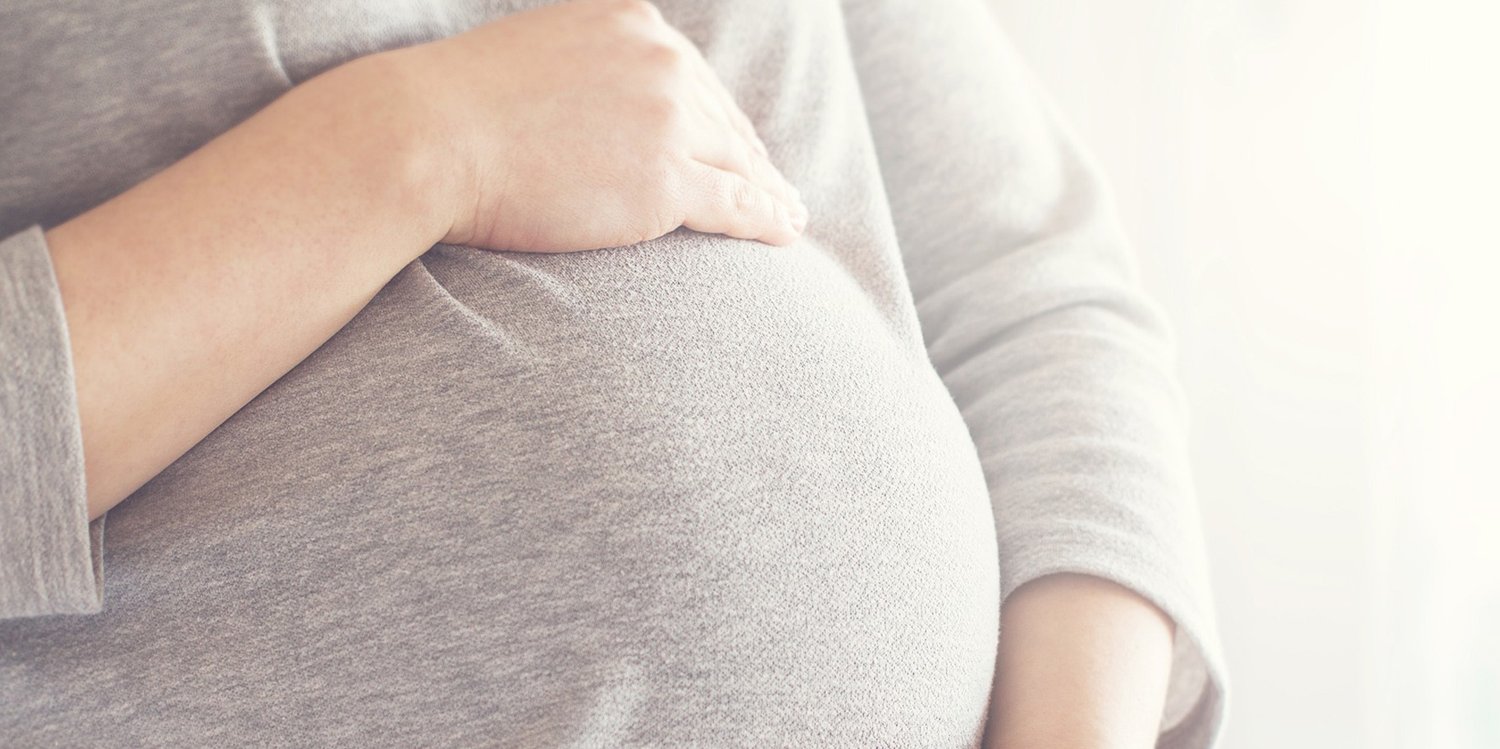Some medicines used during IVF pregnancies may explain birth defects in assisted pregnancies, new research suggests.
The new study examined why some assisted pregnancies have more birth defects compared to naturally conceived pregnancies.
Researchers from the Universities of South Australia and Western Australia, and The Kids Research Institute Australia, found that IVF and intracytoplasmic sperm injection (ICSI) pregnancies had the highest exposure to teratogenic medicines.
They found that exposure to Category D and X teratogenic medicines can harm the fetus during the first trimester of pregnancy.
Category D and X mediations are classified by the Therapeutic Goods Administration as being linked to, or causing, birth defects.
The five most frequently used Category D/X medications across all pregnancies regardless of conception status were paroxetine, lamotrigine, valproic acid, carbamazepine, and nicotine dependence treatments, researchers found.
They analysed more than 57,000 pregnancies in four conception groups over a two-year period.
The groups included women using assisted reproductive technology, those taking medication to induce ovulation; untreated sub-fertile women; and naturally fertile pregnancies.
ART pregnancies had the highest exposure to Category D medications taken in the first trimester. The study found that 4.9% of ART pregnancies were exposed, compared to only 0.6% of naturally conceived pregnancies.
In later trimesters, 3.4% of ART pregnancies were exposed to Category D medications versus 0.6% of naturally conceived pregnancies.
Exposure to Category X medications – medicines that the TGA recommends should not be used in pregnancy due to the high risk of causing permanent damage to the fetus – was low across all groups and trimesters, at less than 0.5% of pregnancies.
UWA co-researcher Professor Roger Hart, a practising IVF clinician and national medical director of City Fertility, said the higher exposure to Category D and X medicines in ART pregnancies during the first trimester might contribute to the higher rate of birth defects observed in ART babies.
“Although ART pregnancies are carefully planned, medications taken during fertility treatments may inadvertently increase exposure to birth defect risks, particularly during critical periods of fetal development,” he said.
According to the latest report from the Australia and New Zealand Assisted Reproduction Database, 17,963 babies were born in Australia using ART.
Lead researcher Dr Anna Kemp-Casey, from UniSA, said teratogenic medicine was used primarily to prevent repeat miscarriages or failed implantation following ART than to treat underlying chronic conditions.
“For example, ART pregnancies, during the study period were more often exposed to progestogens like medroxyprogesterone acetate, which may have been used to treat threatened or recurrent miscarriages,” Dr Kemp said.
The risk associated with the use of Category D medicines in pregnancy may be outweighed by the clinical benefit in individual cases such as management of mental health disorders or epilepsy, researchers said.
Category X medicines on the other hand are strongly discouraged during pregnancy due to the high risk of fetal harm.
Researchers said the findings demonstrated that the vast majority of IVF babies are healthy, and do not suggest that ART pregnancies are unsafe, but instead underscored the importance of personalised medical care for parents undergoing ART treatment and close monitoring in early pregnancy.
Prof Hart said more research was needed to examine Category D and X medicines exposure in pregnancy as well as underlying maternal medical conditions and their contribution to birth defect risk in ART babies.
The study was published in the Australian and New Zealand Journal of Obstetrics and Gynaecology.


